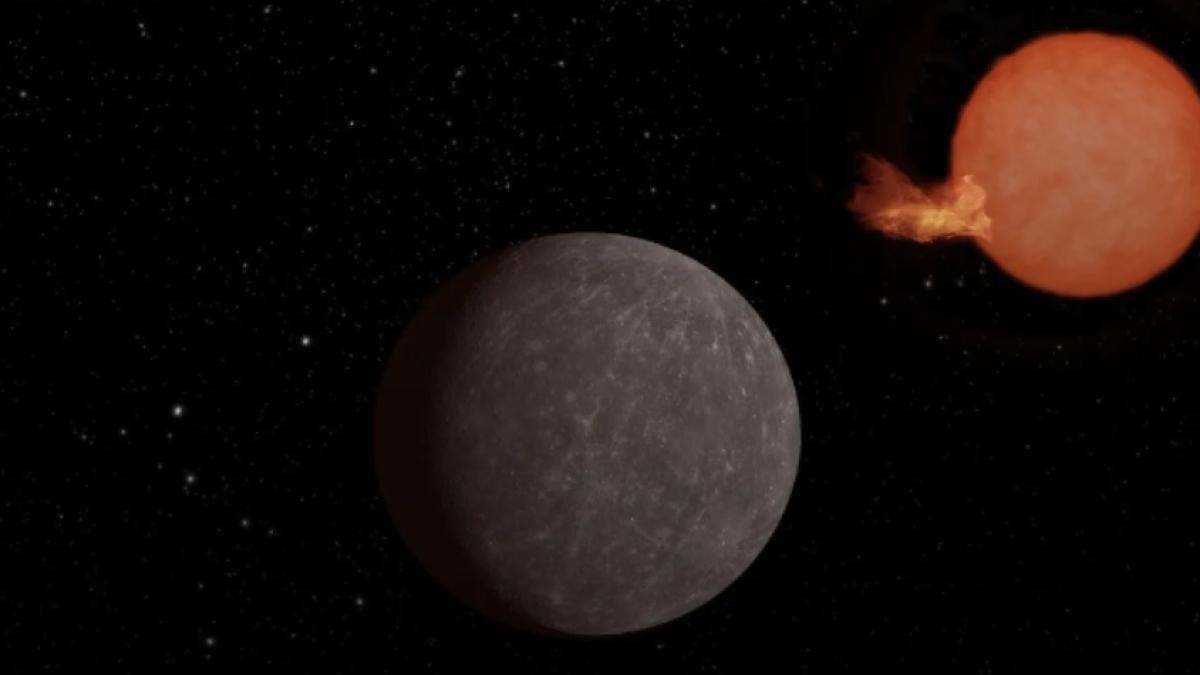#Drastic #decline #CO2 #emissions #Poland #learn
If anyone hasn’t noticed yet, the air over Poland has contained less carbon dioxide for over a year. It’s a greenhouse gas, so maybe that’s why it’s so cold in April? Either way, we are unrivaled in Europe when it comes to reducing emissions.
According to the ETS system data, last year our economy emitted only 114.8 million tons of CO2 (verified emissions) from stationary installations (excluding aviation, for which there is no data yet). by as much as 38 percent less year on year (-69.3 million tons). For comparison, at the peak in 2007 it was 210 million tons, and in 2018 – 200 million.
Germany and the Netherlands produce more
Our achievement is even more noteworthy because in all 27 EU countries emissions were reduced by “only” 22.5%, or 289 million tons. The Polish cut of 69.3 million tonnes constituted as much as a quarter of the reduction in the entire EU. For comparison, Germany, in second place, reduced emissions by 68.9 million tons, or less than 20 percent, and Italy, in third place, reduced emissions by 22.5 million tons (-16.5 percent). Only Latvia and Bulgaria made larger percentage cuts than us.
Moreover, with such a reduction, we are falling further behind in the ranking of the most emission-producing countries on the continent. And we even advanced to eighth place from the bottom.
Read also in BUSINESS INSIDER
Calculating emissions by population, it turns out that the average Pole consumes 3.1 tons of CO2 per year. This is much more than the EU average (2.2 tons), but many countries have worse indicators.
Interestingly, Cyprus has the highest per capita emissions in Europe with 4.72 tons per capita, while Icelanders and Czechs also emit more than 4 tons. In no particular order: Norway, Estonia, Germany and the Netherlands have worse indicators than ours. Slovakia’s rate is only slightly lower than ours.
The least emission countries are: Latvia and France. The development of nuclear energy clearly affects emissions.
Where did we cut the most?
As we checked in the ETS data, we reduced the most quantitatively in “fuel combustion”, i.e. energy and automotive, where emissions were reduced by 38%. i.e. by as much as 54.5 million tons. The largest percentage changes concern: Polish ironworks (-95% y/y), paper producers (-91%), mineral wool producers (-81%), glass producers (-72.5%), ferrous metals processors (- 71 percent). This is not only the result of environmental installations at producers, but also unwinding of the above-mentioned production from Poland as a result of expensive electricity and gas.
The most CO2 is emitted by fuel combustion in the energy and automotive industries (90 million tons in 2023, by -54.5 million tons year-on-year) and cement production (8.5 million tons, 2.7 million tons less y/y). Electricity production from the most emissive brown coal decreased last year. by 26.3 percent rdr, and slightly less emissive hard coal – by 13.8%. However, the production of electricity from photovoltaic panels (+42% y/y), water (+25%) and wind (+18%) increased, and the highest percentage increase was recorded by pumped-storage hydro power plants, which serve as energy storage ( +70 percent). Last year, in the Polish energy sector, electricity from lignite-fired power plants accounted for 20.5%, and from hard coal-fired power plants – 42.6%. For comparison, a year earlier these indicators were: 26.3 percent. and 46.5 percent
The text continues below the video
Hot-rolled bars and rods were produced in Poland in 2023 by 20.8%. less y/y, steel pipes by 10.2%. less, flat-rolled steel products by 14.3%. less, paper and cardboard -11.8%, paper bags and bags -25%, paper boxes -11%, toilet paper -7.3%, mineral wool -29.3%, insulating glass – 19.1%, and colorless glass bottles by 19.4%. less y/y
Climate impact
Cutting emissions is one thing, but what real impact it has is another. It is not only about the fact that China and India, in the rhythm of European cuts in CO2 emissions, are ramping up the coal-fired energy industry at full speed, so the entire EU effort does not change the trend on a global scale. Let us remind you of the article by Prof. Piotr Wolański, full professor at the Institute of Aviation in the Łukasiewicz Research Network, published in “Wprost” a few years ago.
“95% of carbon dioxide contained in the atmosphere comes from natural emissions (mainly from release from the oceans and from volcanic eruptions), while human contribution to these emissions is only 5%. The contribution of anthropogenic CO2 emissions to the greenhouse effect is approximately 1% at most, assuming that water vapor is only 70 percent contribution to the greenhouse effect [a para wodna odpowiada za 70-99 proc. całego efektu cieplarnianego — napisał wcześniej profesor]. However, with a higher share of water vapor in the greenhouse effect, the share of carbon dioxide emitted by humans in this effect will be practically negligible,” wrote the scientist, pointing out that the high content of CO2 in the atmosphere favors the growth of vegetation (carbon dioxide is food for it). According to him the increase and decrease in global warming are the cause, not the effect, of CO2 content in the atmosphere.
He pointed to the Sun, specifically “sunspots”, as the probable culprit for temperature and climate changes. “The last two minima/coolings are closely correlated with the period of no sunspots, which suggests that during the period of reduced solar activity, i.e. no sunspots, the climate on Earth is cooling. During the period of no sunspots, the thermal energy from the Sun drops by only 0, 1%, which is not a significant difference in the amount of energy that reaches the Earth. Although the amount of ultraviolet energy reaching us decreases significantly during this period, it cannot have a significant impact on the Earth’s energy balance “there is a change in the polarization of the Sun’s magnetic field, which additionally practically disappears during this change. The Sun, or more precisely, its field, which is practically absent, no longer protects the inner part of the Solar System from the action of high-energy cosmic radiation particles,” we read.
“This radiation, according to James A. Maruseka, initiates the condensation of ice crystals contained in the atmosphere and the creation of more clouds. This process increases the Earth’s albedo, i.e. more solar radiation is reflected from the cloud surfaces and less solar energy reaches the Earth. Additionally, currents are generated that increase air circulation from the polar areas to areas located in the temperate zone. These two processes lead to a significant cooling of the climate in this area,” we read further.
Author: Jacek Frączyk, journalist of Business Insider Polska









